Known as the Island of Flowers, Martinique is a little part of France in the Caribbean. Renowned for its beauty, the island is home to a large variety of plants, trees and flowers, which includes over 100 variations of orchids. The island also has miles of sandy beaches and a distinct French feel. Travel to Martinique can be expensive, so I suggest you travel the same way I did in 2006, via cruise ship. A few interesting facts about the island are Martinique is home to Mt. Pelee, an active volcano that killed 30,000 people in 1902 and Napoleon's wife Josephine was born on the island in 1763.
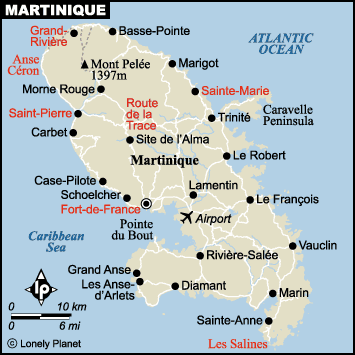 |
Discovered by Christopher Columbus in 1493 and not claimed until 1502, Martinique was once home to the fierce native Carib Indians. It was first settled by the French in 1635. Shortly after, the French banished the Caribs to other islands, bringing in African slaves to work the sugarcane fields. By the mid-1600's, the island was one of the leading producers of sugar. During the 18th century, the French and British fought for control of the island. By 1762, the British controlled the island, but they relinquished control to the French under the Treaty of Paris in 1763, in exchange for British control of French Canada. By 1815, the British had fully relinquished any and all claims, and the French have ruled since. In 1946 the island became a French department and by 1974 a full-fledged region of France. Today Martinique citizens vote in French elections, are represented in the French Parliament, and are citizens of France and the European Union. Currently, the Island has the highest standard of living in the Caribbean. | 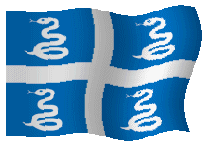   |
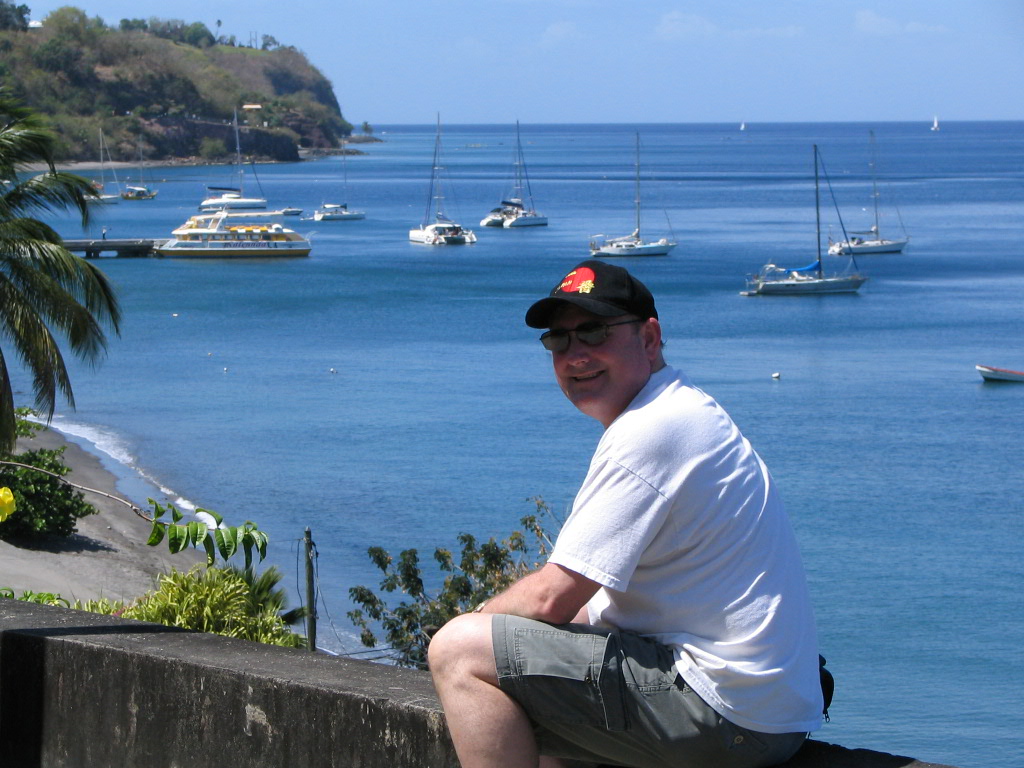
Saint Pierre 2006
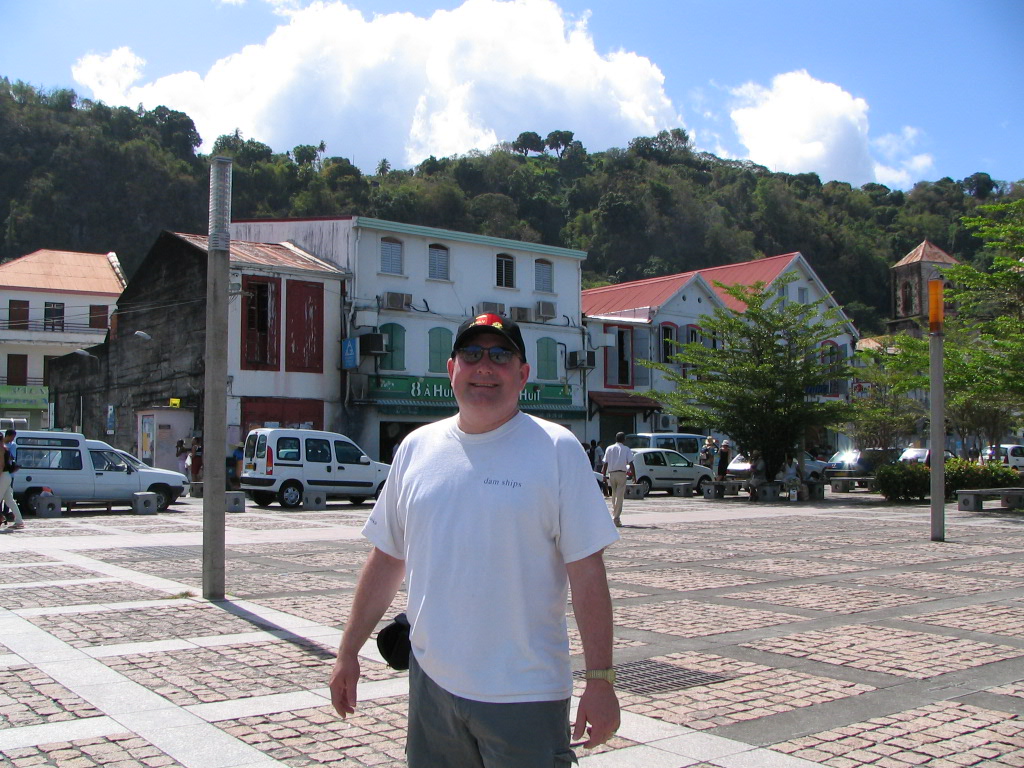
Downtown Saint Pierre
(The rebuilt former capital that was totally destroyed by Mt. Pelee in 1902)
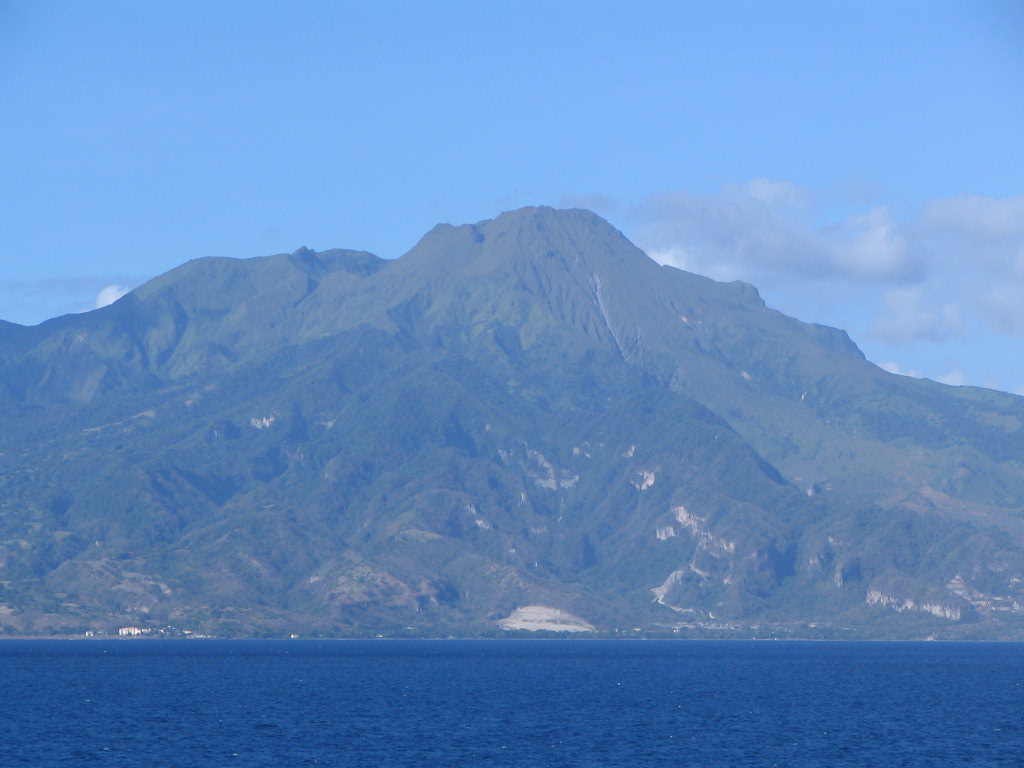
Monte Pelee
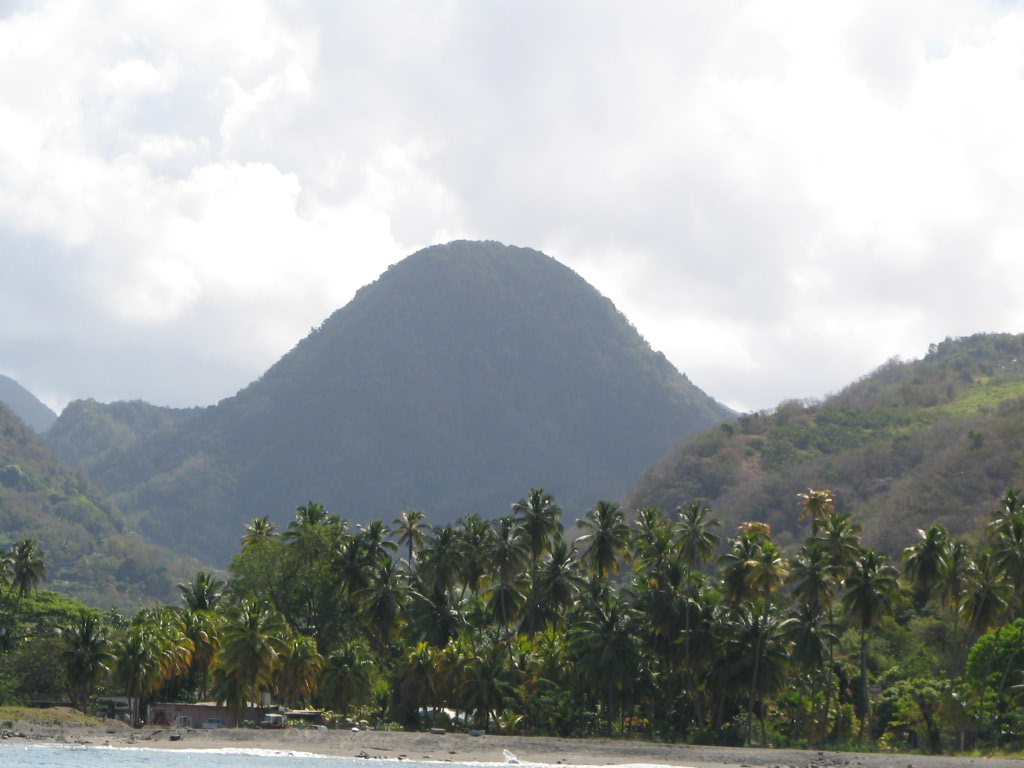
The beach just outside Case-Pilote
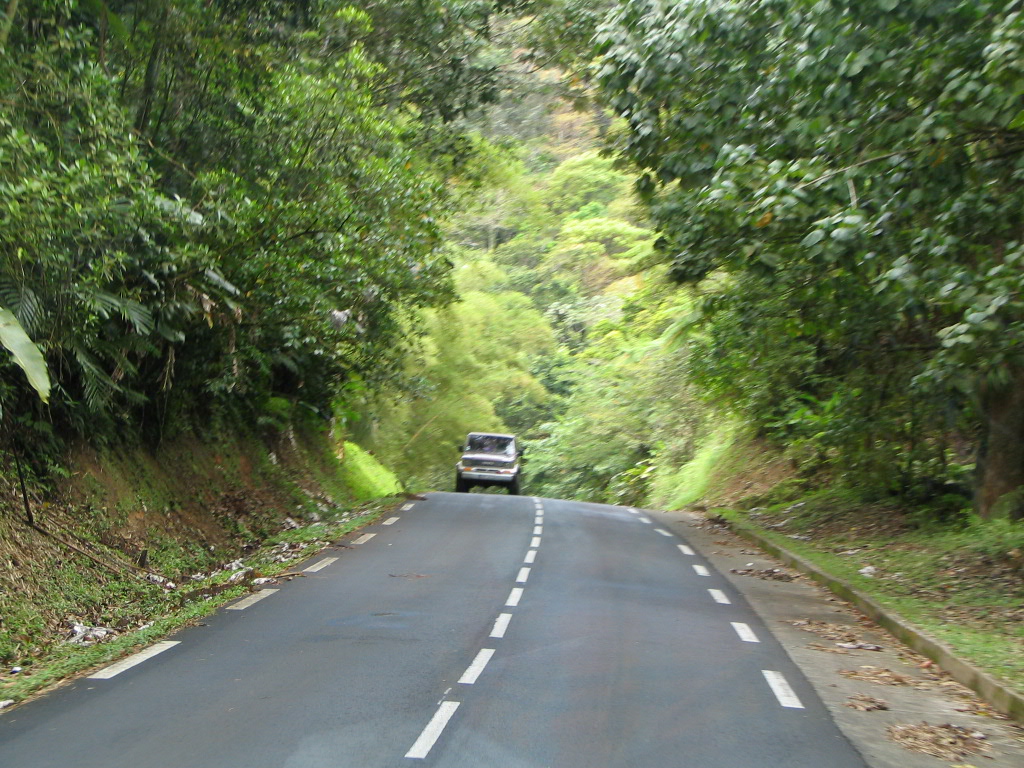
The Rain Forest
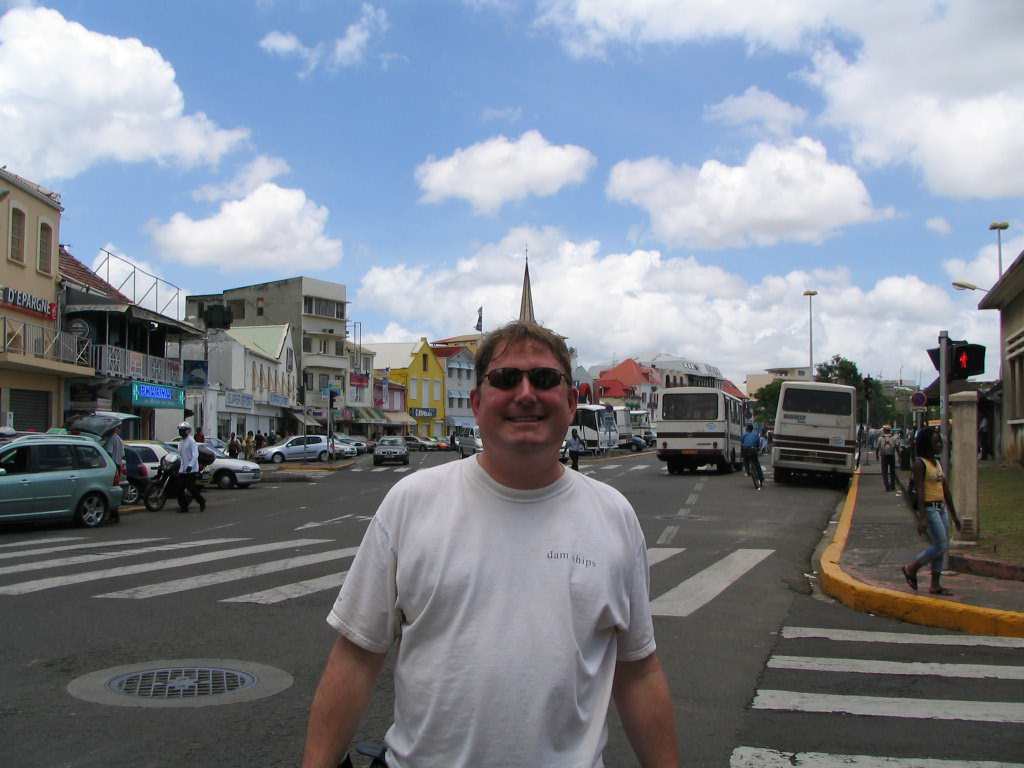
Fort De-France (The Capital) 2006


